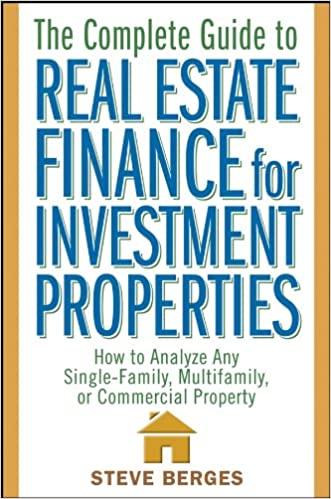Answered step by step
Verified Expert Solution
Question
1 Approved Answer
(TCO 8) Over the period of 1955-2006: (Points : 3) long-term government bonds underperformed large corporate stocks. small-company stocks underperformed large-company stocks. inflation exceeded the
(TCO 8) Over the period of 1955-2006: (Points : 3) long-term government bonds underperformed large corporate stocks. small-company stocks underperformed large-company stocks. inflation exceeded the rate of return on U.S. Treasury bills. U.S. Treasury bills outperformed long-term government bonds. 2. (TCO 8) If the financial markets are efficient, then: (Points : 3) stock prices should never change. stock prices should only respond to unexpected news and events. stock prices should increase or decrease slowly as new events are analyzed and the information is absorbed by the markets. stock prices will only change when an event actually occurs, not at the time the event is anticipated. 3. (TCO 8) Which of the following statements is true regarding systematic risk? Select all that apply: (Points : 4) is diversifiable is the total risk associated with surprise events it is not project or firm specific is measured by beta 4. (TCO 8) Assume a project that has the following returns for years 1 to 5: 15%, 4%, -13%, 34%, and 17%. What is the approximate expected return of this investment? (Points : 3) 11% 17% 16.60% 10% 5. (TCO 8) Assume you are considering investing in two stocks, A & B. Stock A has an expected return of 16% and Stock B has an expected return of 9.5%. Your goal is to create a two-security portfolio that will have an expected return of 12%. If you have $250,000 to invest today, which of the following statements is true? (Points : 3) You would invest more in Stock A than you would invest in Stock B You would invest approximately $96,000 in Stock A and $154,000 in Stock B You would invest the same amount in each stock Regardless of your investment choices, you cannot obtain a return of 12%. 6. (TCO 8) For this exercise, use the information provided for Problem 30 of Chapter 11 (page 375 of your textbook). Assume that the probability of the state of the economy has changed as follows: The probability of a recession has increased to 30% and the probability for a normal state of economy is now 40%. The market risk premium has increased by 1% as well. What is the beta of Stock I and II respectively? (Points : 3) 0.6 and 1.2 1.2 and 0.6 1.2 and 0.4 Cannot be determined with the information given 7. (TCO 8) For this exercise, use the information provided for Problem 30 of Chapter 11 (page 375 of your textbook). Assume that the probability of the state of the economy has changed as follows: The probability of a recession has increased to 30% and the probability for a normal state of economy is now 40%. The market risk premium has increased by 1% as well. Which statement is true? Select all that apply: (Points : 4) Stock II has more risk than Stock I Stock II has less systematic risk than Stock I Stock I has a lower risk premium than Stock II Stock I has a lower expected return than Stock II 8. (TCO 8) Which statements are true regarding risk? Select all that apply: (Points : 4) The expected return is usually not the same as the actual return A key to assessing risk is determining how much risk an investment adds to a portfolio Some risks cannot be decreased or mitigated by the financial manager. The higher the risk, the higher the return investors require for the investment 9. (TCO 8) Are all risks diversifiable? Why or why not
Step by Step Solution
There are 3 Steps involved in it
Step: 1

Get Instant Access to Expert-Tailored Solutions
See step-by-step solutions with expert insights and AI powered tools for academic success
Step: 2

Step: 3

Ace Your Homework with AI
Get the answers you need in no time with our AI-driven, step-by-step assistance
Get Started


